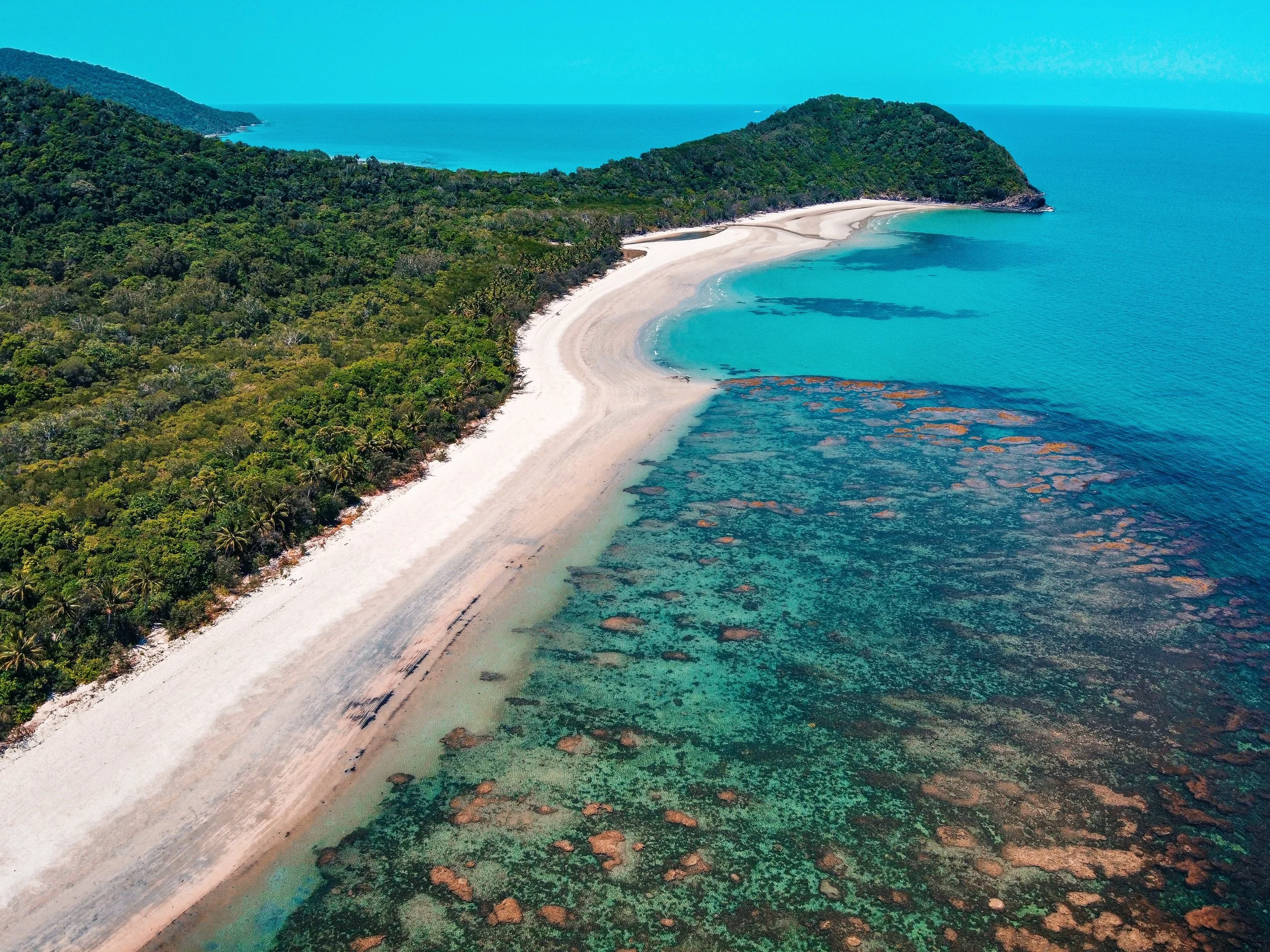The World’s Oldest Rainforest Was Just Handed Back to Its Indigenous Owners
The world’s oldest tropical rainforest has been given back to its traditional Indigenous owners in a historic deal with Australia’s Queensland state government, says Gavin Butler from VICE.
The 180 million-year-old Daintree, which has come under pressure from climate change, mining and logging, will now be managed by its traditional owners.
[…]
At a ceremony on [September 29th 2021], the Eastern Kuku Yalanji people took formal ownership of the Daintree, a world heritage-listed rainforest in northern Australia that has been under sustained pressure […]. The handover includes nearly 400,000 acres of land.
The […] rainforest now joins the likes of Australia's Uluru-Kata Tjuta and Kakadu national parks as a UNESCO world heritage-listed site owned and controlled by First Nations communities – the Aboriginal and Torres Strait Islander peoples whose presence in Australia predates colonisation.
“The Eastern Kuku Yalanji [people’s] […] culture is one of the oldest living cultures and this land handback recognises their right to own and manage their Country,” Queensland Environment Minister Meaghan Scanlon said on Twitter. Ngalba Bulal (Cedar Bay), Kalkajaka (Black Mountain) and Hope Islands national parks were also included in the handback, and will all now be managed by the Eastern Kuku Yalanji people in partnership with the Queensland government.
[…]
“It’s a big thing for Eastern Kuku Yalanji people, for us bama, which means people,” said Chrissy Grant, a traditional owner and the incoming chair of the Wet Tropics Management Authority board, according to The Guardian. “Bama across the wet tropics have consistently lived within the rainforest. That in itself is something that is pretty unique to the world heritage listing.”
“It’s an opportunity to work our way up ... [W]e will be looking at long-term gains out of this, but we need to work our way up to get our people trained up confident.”
[…]
This is an excerpt from an article originally written by Gavin Butler and published by VICE.


